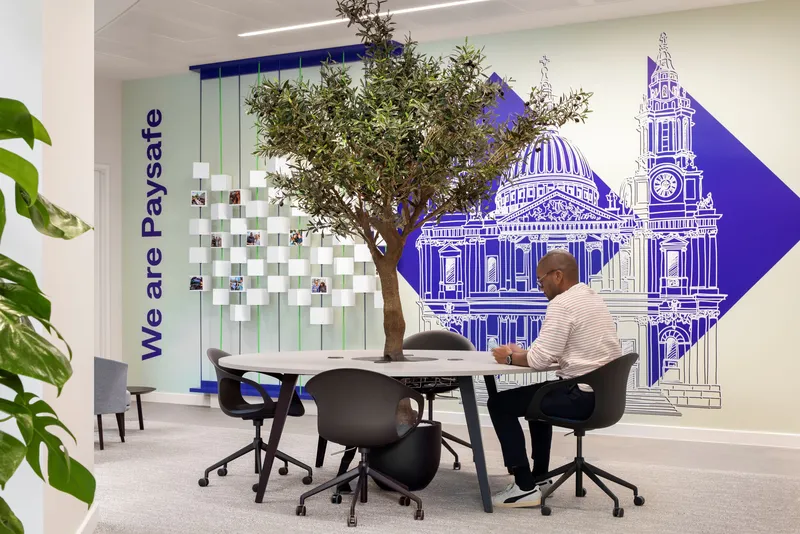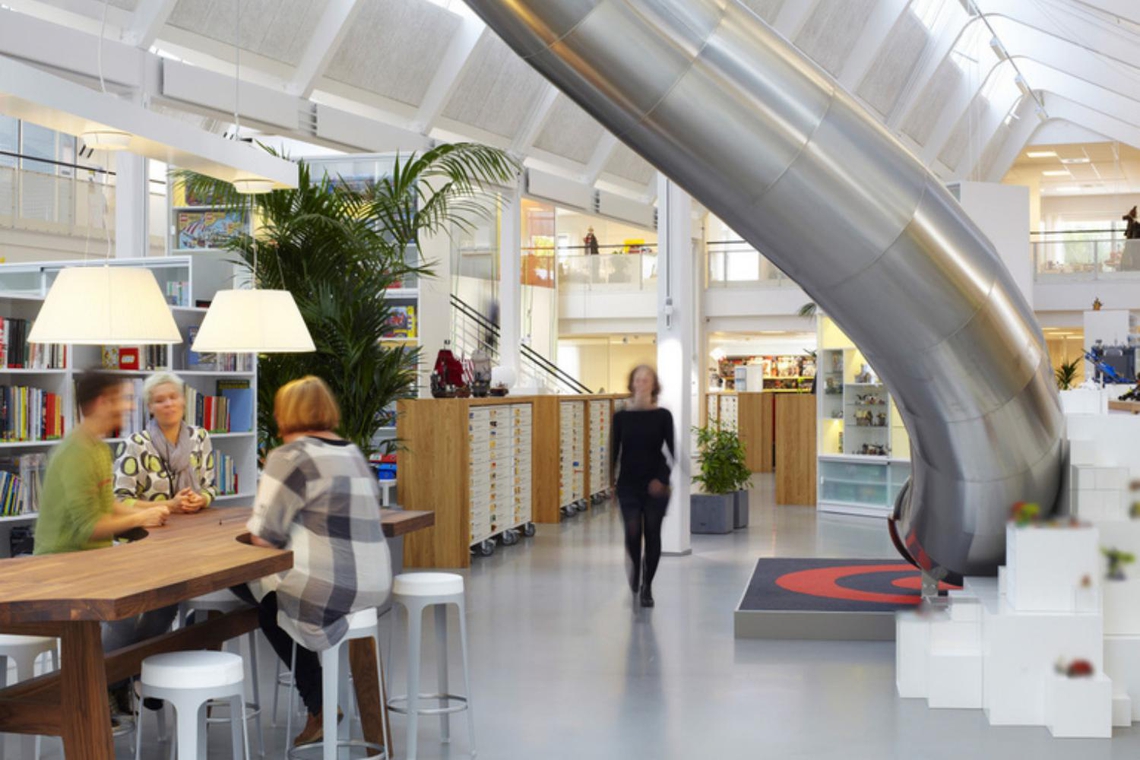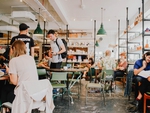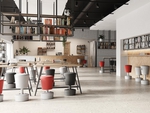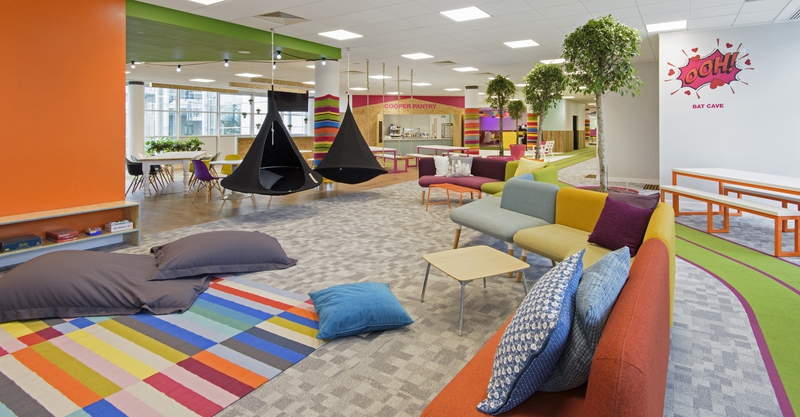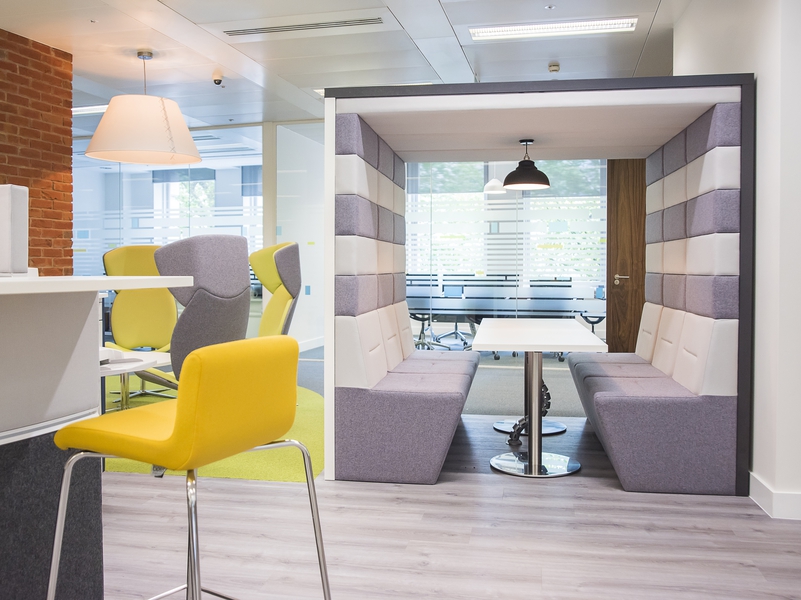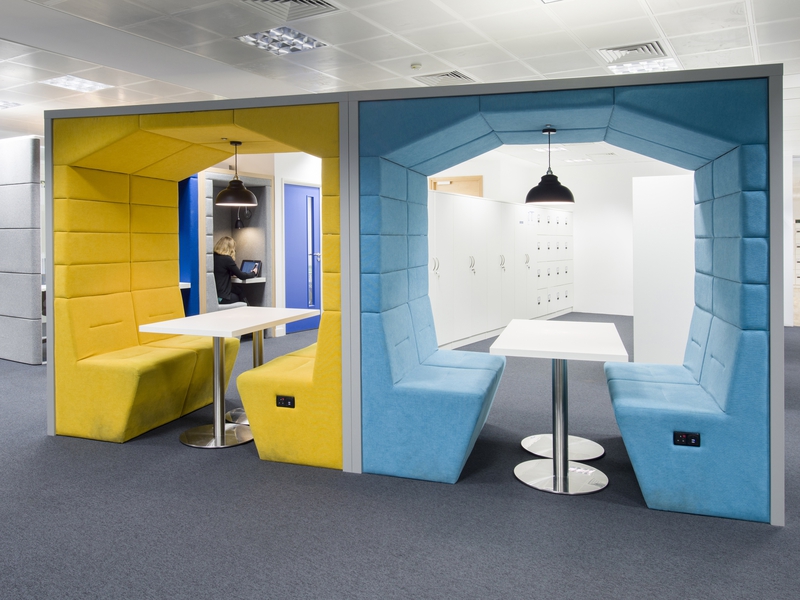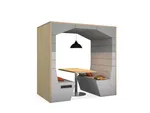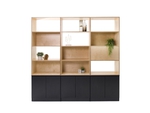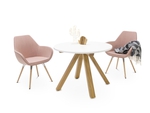June 12, 2018
Industry Trends
Key Speaker Sudhir Saseedharan, Global Lead for Workplace Design at The LEGO Group inspired us with his presentation of how, as adults we don’t grow up, and nor should we want to if we wish to remain inspired by our surrounding environments.
Sudhir: “So when do you grow up? You don’t. I think that is the essence of what we try to do at The LEGO Group. Play. Play is the fundamental reason as to who we are as a human being now. Because what we know we learnt as a child - it’s our cognitive skills, it’s our behavioural skills, it’s our emotional connect, it’s our physical skills; these have actually helped us be who we are now.”
The LEGO Group is still a family owned company and Lego teaches children to learn through play. Sudhir explains how the workspace design team integrate this sense of fun and creativity into their workplace designs.

Sudhir: “We have to learn from children and children are our role models. And that’s what we like to do at The LEGO Group, all the time. I work globally for The LEGO Group Workplace Designs. We know about how functionally these spaces could look and how work is completely related to the workspace and the work culture. What I’m interested in is the emotional connection, the emotional attachment to Lego, and how you can have that in the workspace. The team is always trying to think from a child’s perspective, but still be an adult. And everything that we do is based on that brand framework. I know it feels like a corporate word to say but it’s not really; we actually take into consideration every single word that is there. If we are at a position where we need to make a decision, it’s X or Y, it’s this that helps us. If it’s about a space, which type of teal do we want to use? What is the entrance ‘experience’ you want in that space? Everything we do is completely based on this. And we believe that only the best is good enough."
So can spaces be inspiring? And how does that inspire the work that The LEGO Group is doing? Sudhir explains how purpose is integral to designing a workspace.
Sudhir: “We try to create workspaces that help employees understand why they are here. It’s about the essence - where have we come from, where are we going. It’s all about the people. We can create fabulous workspaces, fabulous offices, but at the end of the day it is the human, it is the user, it is the person, and that’s the people we are working for.

Lego Denmark
Here’s a simple example. For a project in Shanghai on the thirty-first floor, there are great views where we can see across the skyline of high-rises. When you come out of the lobby, normally you’d want that skyline view to be the reception, and that’s that impact that you give. But that’s not what we did. We actually put the reception on the other side, so the view could be given to the employee café.
We said that the area where the employees use the most should be given the best view. If that’s where you’re going to spend most of your time we’ll give that to you. Not to the customer who is just going to be there for 5 minutes or an hour, but someone who is going to be there for longer. And we value that, we value the fact that our employees are working here. We as Workplace Designers are actually trying to help them.

An employee cafe area
Every brick tells a story, and we would like every employee to build their own story. At The LEGO Group, we create physical spaces that allow for engagement with the physical environment. It could be a column, or a wall, which is just for building bricks, where you build your story and leave your mark on it.”
Share this article




